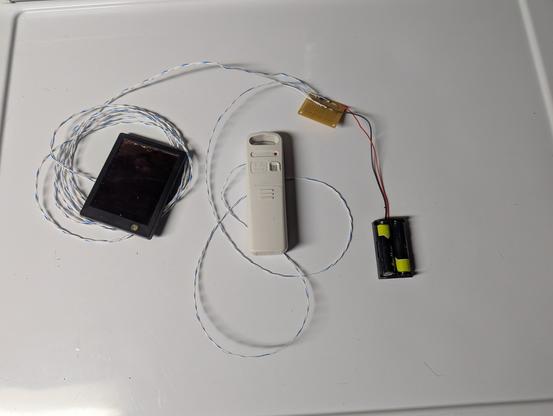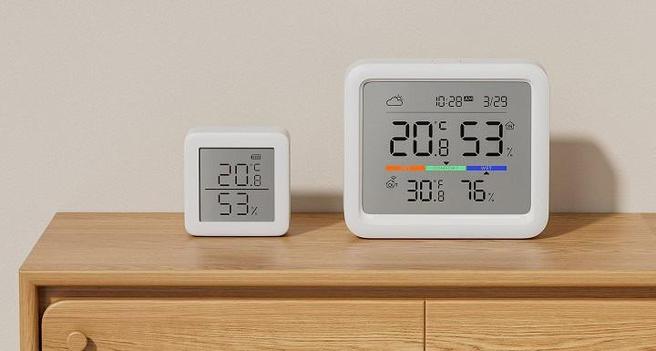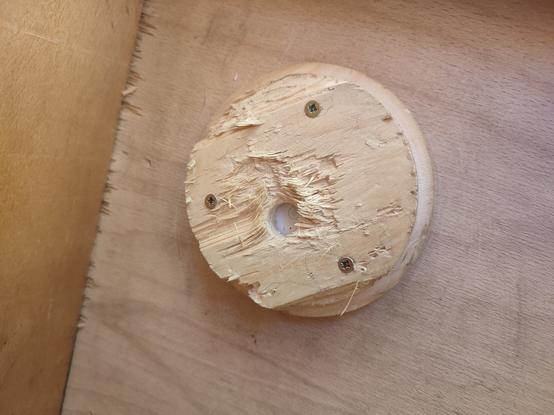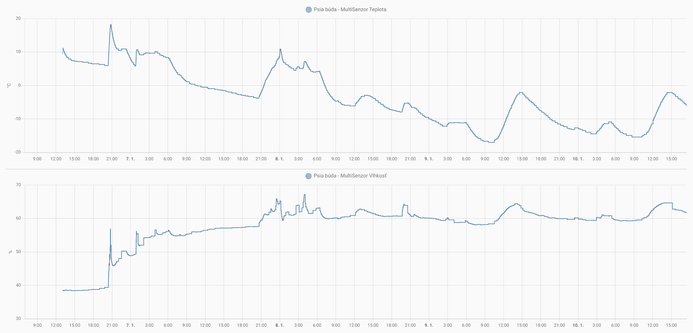Random mini project from yesterday. I posted before about the outdoor temp sensor for my wireless thermometer, and how corroded it was. Something was wrong with the battery holder in the case, so I just pulled the metal bits out and soldered wires on, which I ran outside the case. So I got it back together but it still needed power.
I hooked it up to a couple AA nick metal hydride batteries, which of course are a little lower in voltage than alkaline primary cells (1.2 V for NiMH vs 1.5 V). The rechargeables work fine when charged, but the voltage dips down soon especially in cold weather. The transmitter seems to work okay down to around 2.6 V.
I took a solar panel from an old string of solar lights (water had gotten in and corroded the other guts), and hooked it in parallel, so I get some charging too. It's just connected with a diode, and should put out a few 10s of mA, which should be more than enough to compensate for the transmitter, which briefly draws about 7 mA for a second, every 30 seconds or so. I guess some kind of regulator would be good to avoid overcharging, but I'm going to try winging it.
I put it outside, and it seemed to survive another cold night. I put a meter across the battery today, when it's been around 20 degrees F and sunny, and saw the voltage was just under 3 V, which is good. I should find a slightly more permanent way to mount/shelter this, but for now the plastic container should work.







